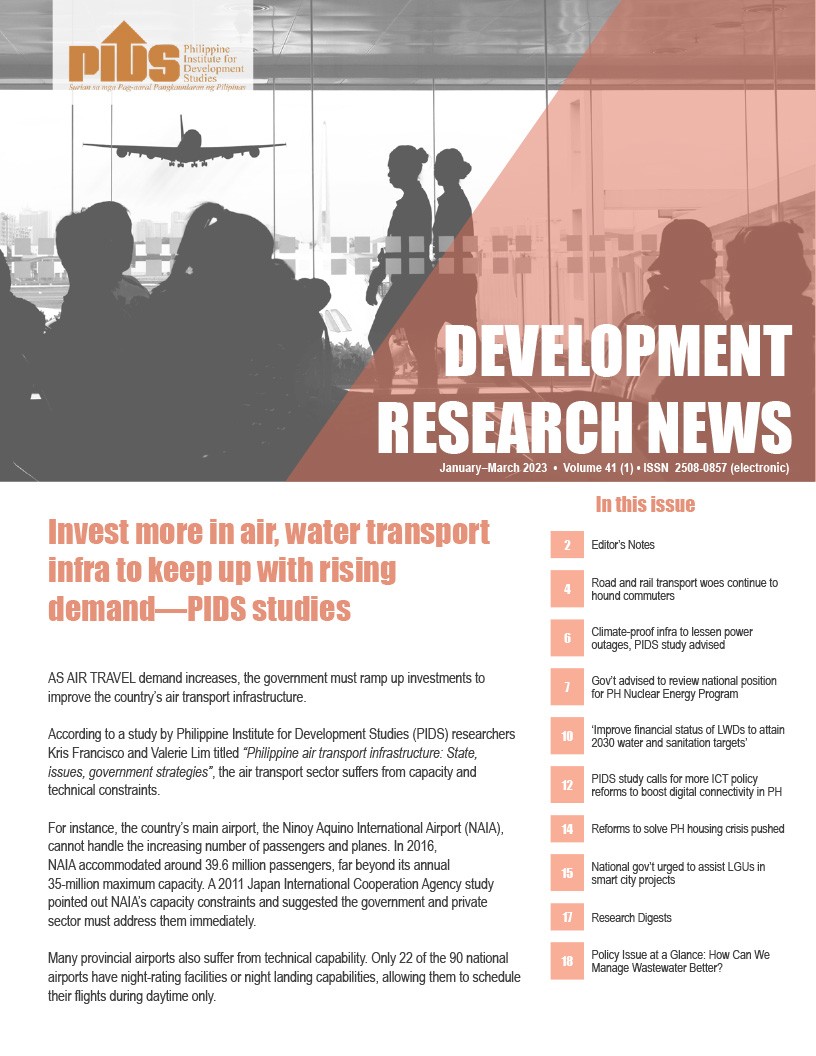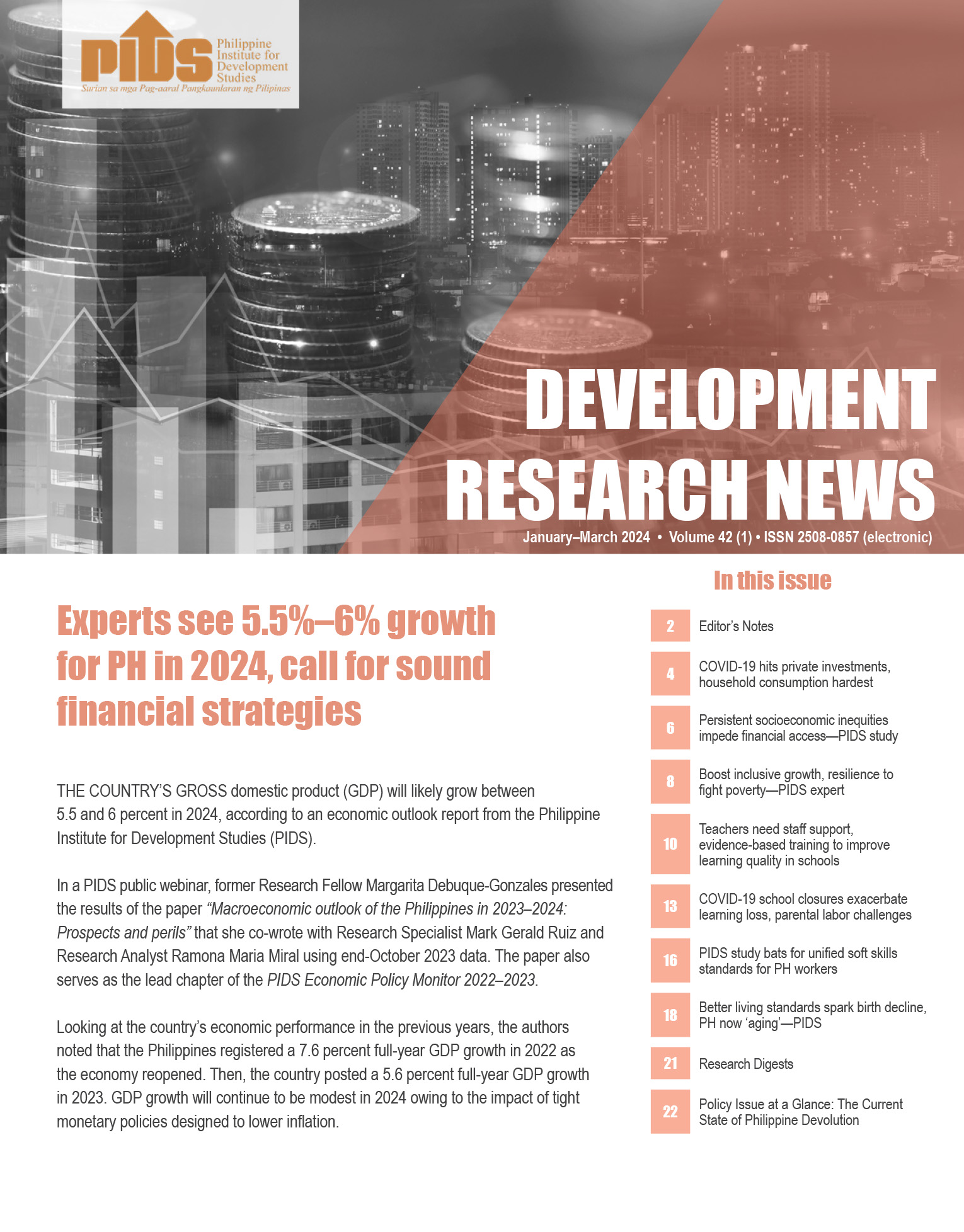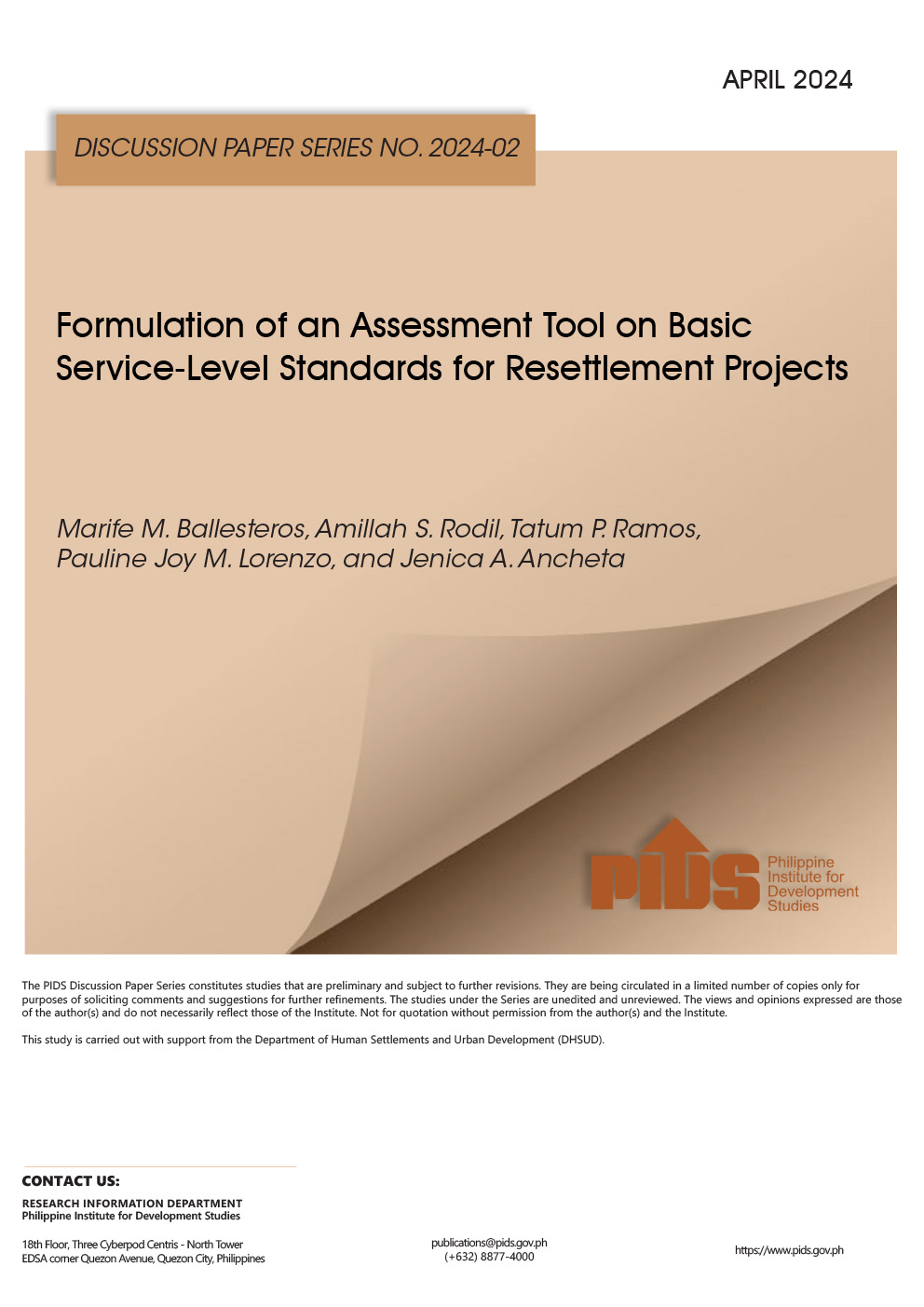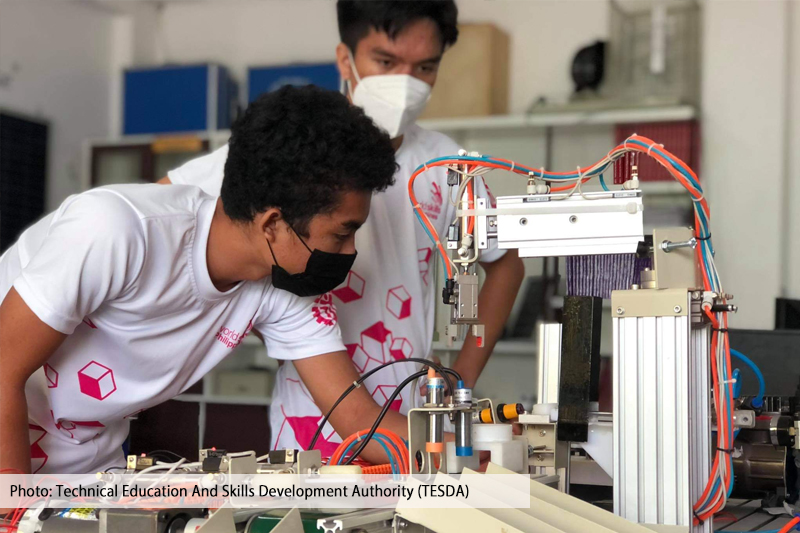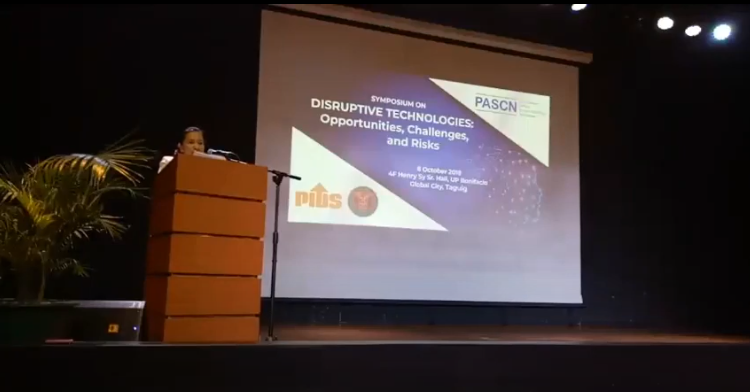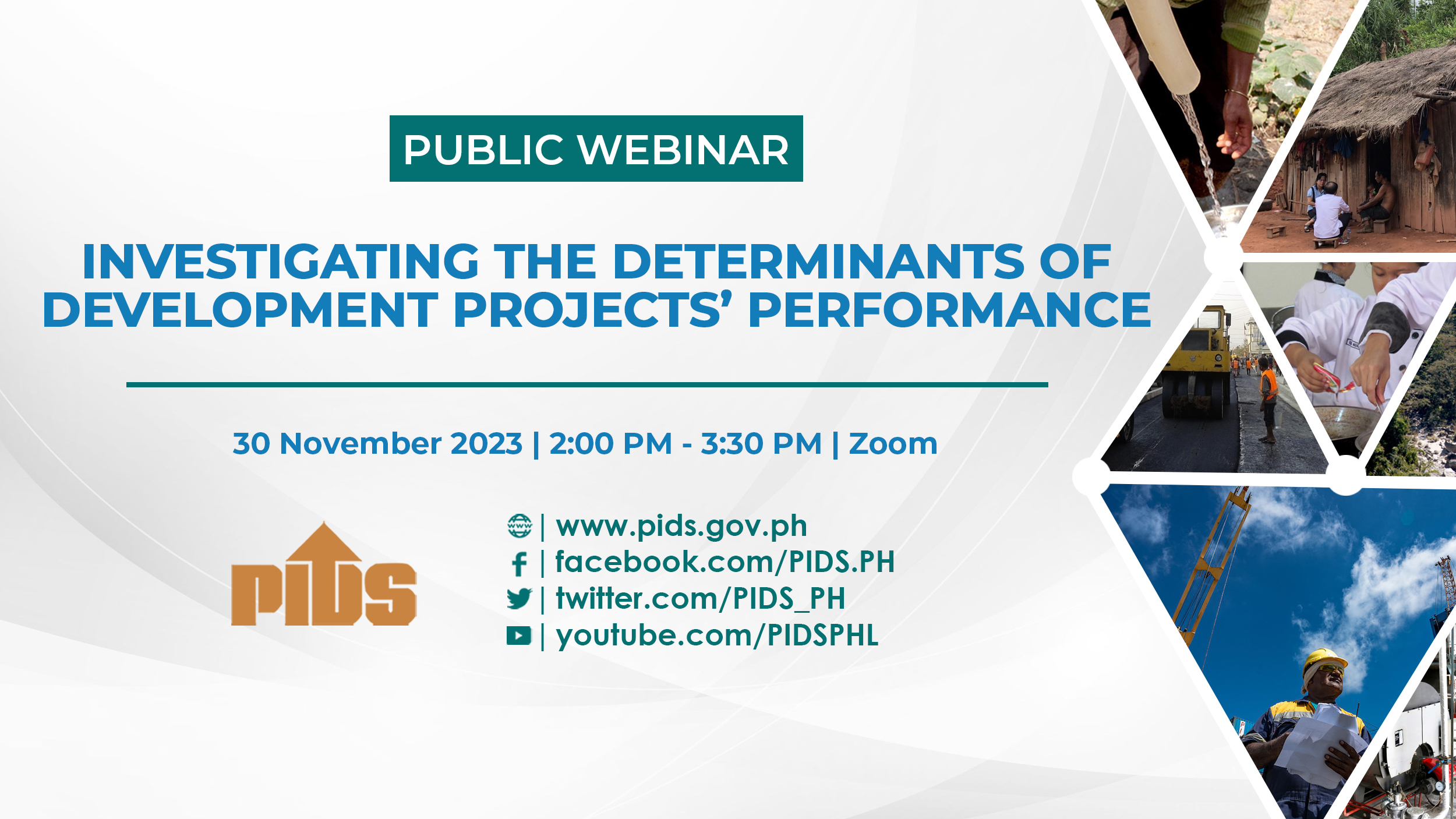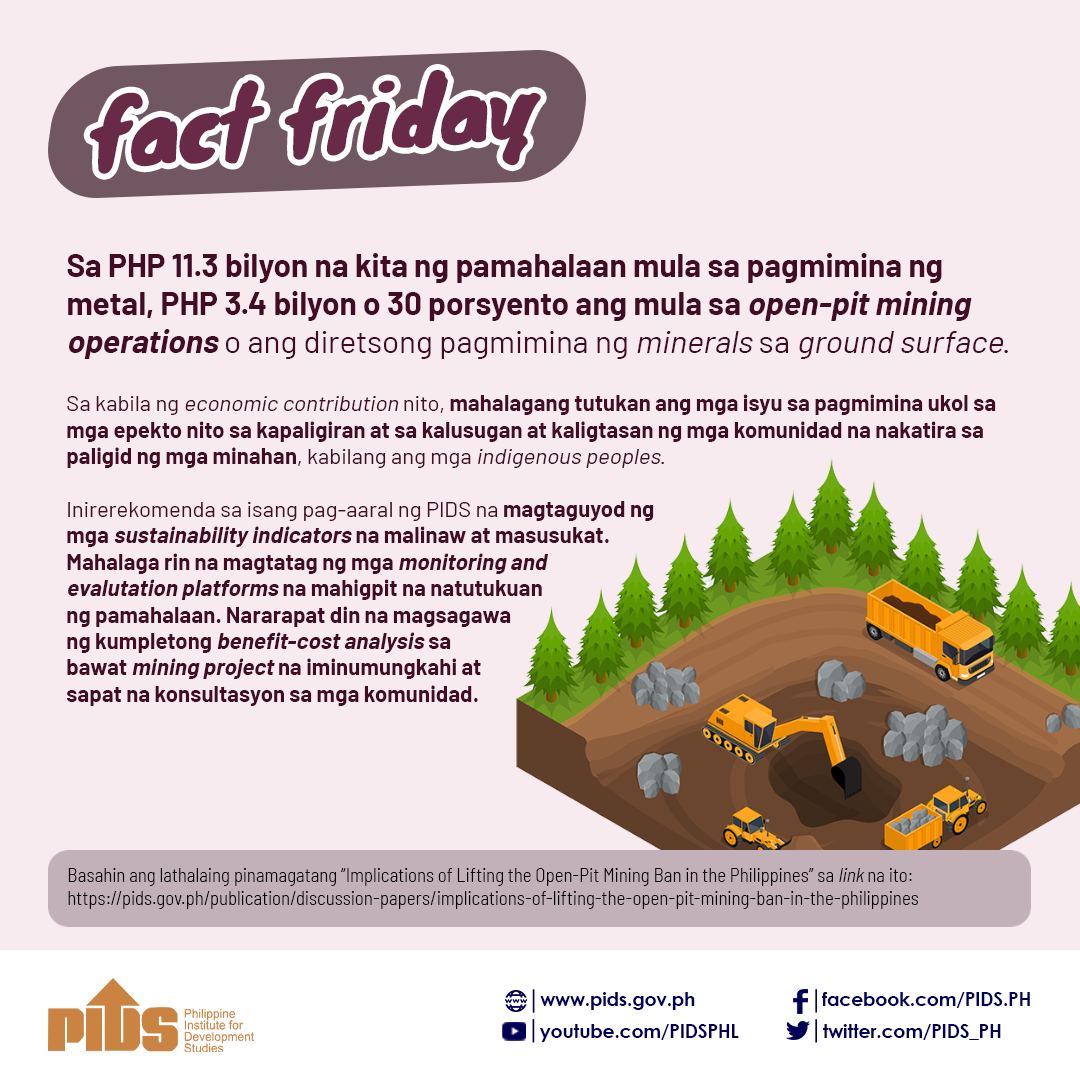THE Department of Transportation (DoTr) on Tuesday said it will continue to pursue massive infrastructure projects such as airports and railways, even as some economists warned these are at “high risk” of becoming non-viable due to the pandemic.
“The COVID-19 (coronavirus disease 2019) pandemic highlighted the amplified detrimental effect of the decades-long backlog in our nation’s transport infrastructure, and the critical importance for the DoTr to step-up its implementation, and not to fall back to the delays and excuses of the past, as apparently being recommended by the unvetted paper,” the department said in a statement sent to BusinessWorld on Tuesday.
Among the major projects being pursued by the DoTr are the Mindanao Railway Phase 1, Metro Manila Subway Phase 1, rehabilitation of the Ninoy Aquino International Airport (NAIA), and new airports in Bulacan and Cavite.
The DoTr’s comments were made in response to a working paper, “Overhauling Land Transportation in the New Normal and Beyond,” by Jedd Carlo F. Ugay, Monica Paula Lavares, Jerome Patrick D.R. Cruz, and Marjorie S. Muyrong of the Ateneo Center for Economic Research and Development.
The paper said the ongoing crisis compels a “rethink” of President Rodrigo R. Duterte’s “Build, Build, Build” (BBB) program, noting the infrastructure program should be modified to “expand budgetary space for the government’s health and social amelioration efforts.”
Although the implementation of such projects can give a significant boost to the economy amid the crisis, the paper noted “the enforcement of social distancing protocols in construction efforts will slow down these projects’ development and, for most of them, diminish their likelihood of being completed within the current administration.”
The Ateneo paper argued that if the pandemic persists, “the adoption of travel restrictions and social distancing measures could severely impair the long-term viability of particular types of BBB projects.”
It identified several infrastructure projects with high COVID-19 and viability risks, such as the Unified Grand Central Station, Light Rail Transit (LRT) Line 2 West Extension, Metro Rail Transit (MRT) Line 3 Rehabilitation, MRT-4, LRT-2 East Extension. Some projects are “harboring white elephant risks,” namely: Metro Manila Subway, Mindanao Railway Project, and Subic-Clark Railway.
“Tremendous subsidies may be required to keep such railways commercially afloat. Along with debt payments for foreign-funded projects, these subsidies could thus ‘crowd out’ domestic public resources which could otherwise be allocated for pandemic-related investments,” the study said.
However, the DoTr said these projects had gone through a “robust multi-level and multi-agency review process.”
“The government’s minimum required economic return of 10% is already relatively conservative vis-à-vis international benchmarks for developing countries like the Philippines. For instance, the Asian Development Bank uses 9%, while our own Philippine Institute for Development Studies has recognized a lower range of 8%,” the department added.
It also said the investment time horizon for large-scale projects such as railways, range from 25 to 40 years. “This means that the upfront economic costs of a project is measured vis-à-vis its projected benefits over a period of 25 to 40 years.”
The DoTr further argued the pandemic would have been over by ten years before the government starts paying the principal for most of the current railway projects that are funded by official development assistance (ODA).
Tourism-driven projects as well as airport projects such as Sangley Point International Airport, Clark International Airport Expansion Project Phase 1, Bulacan airport, and NAIA rehabilitation were also flagged as “high risk.”
The Ateneo paper said the administration will have to minimize spending on projects that can “otherwise be undertaken as public-private partnerships (PPP), and should be put on hold, especially should there be indication that the coronavirus pandemic will persist into the longer term.”
The DoTr said the possibility of shifting national budget or ODA-funded projects to PPP is “currently being explored.”
“We shall adhere to the guidance provided by the economic managers with regards to the availability of fiscal space,” it noted.
“The COVID-19 (coronavirus disease 2019) pandemic highlighted the amplified detrimental effect of the decades-long backlog in our nation’s transport infrastructure, and the critical importance for the DoTr to step-up its implementation, and not to fall back to the delays and excuses of the past, as apparently being recommended by the unvetted paper,” the department said in a statement sent to BusinessWorld on Tuesday.
Among the major projects being pursued by the DoTr are the Mindanao Railway Phase 1, Metro Manila Subway Phase 1, rehabilitation of the Ninoy Aquino International Airport (NAIA), and new airports in Bulacan and Cavite.
The DoTr’s comments were made in response to a working paper, “Overhauling Land Transportation in the New Normal and Beyond,” by Jedd Carlo F. Ugay, Monica Paula Lavares, Jerome Patrick D.R. Cruz, and Marjorie S. Muyrong of the Ateneo Center for Economic Research and Development.
The paper said the ongoing crisis compels a “rethink” of President Rodrigo R. Duterte’s “Build, Build, Build” (BBB) program, noting the infrastructure program should be modified to “expand budgetary space for the government’s health and social amelioration efforts.”
Although the implementation of such projects can give a significant boost to the economy amid the crisis, the paper noted “the enforcement of social distancing protocols in construction efforts will slow down these projects’ development and, for most of them, diminish their likelihood of being completed within the current administration.”
The Ateneo paper argued that if the pandemic persists, “the adoption of travel restrictions and social distancing measures could severely impair the long-term viability of particular types of BBB projects.”
It identified several infrastructure projects with high COVID-19 and viability risks, such as the Unified Grand Central Station, Light Rail Transit (LRT) Line 2 West Extension, Metro Rail Transit (MRT) Line 3 Rehabilitation, MRT-4, LRT-2 East Extension. Some projects are “harboring white elephant risks,” namely: Metro Manila Subway, Mindanao Railway Project, and Subic-Clark Railway.
“Tremendous subsidies may be required to keep such railways commercially afloat. Along with debt payments for foreign-funded projects, these subsidies could thus ‘crowd out’ domestic public resources which could otherwise be allocated for pandemic-related investments,” the study said.
However, the DoTr said these projects had gone through a “robust multi-level and multi-agency review process.”
“The government’s minimum required economic return of 10% is already relatively conservative vis-à-vis international benchmarks for developing countries like the Philippines. For instance, the Asian Development Bank uses 9%, while our own Philippine Institute for Development Studies has recognized a lower range of 8%,” the department added.
It also said the investment time horizon for large-scale projects such as railways, range from 25 to 40 years. “This means that the upfront economic costs of a project is measured vis-à-vis its projected benefits over a period of 25 to 40 years.”
The DoTr further argued the pandemic would have been over by ten years before the government starts paying the principal for most of the current railway projects that are funded by official development assistance (ODA).
Tourism-driven projects as well as airport projects such as Sangley Point International Airport, Clark International Airport Expansion Project Phase 1, Bulacan airport, and NAIA rehabilitation were also flagged as “high risk.”
The Ateneo paper said the administration will have to minimize spending on projects that can “otherwise be undertaken as public-private partnerships (PPP), and should be put on hold, especially should there be indication that the coronavirus pandemic will persist into the longer term.”
The DoTr said the possibility of shifting national budget or ODA-funded projects to PPP is “currently being explored.”
“We shall adhere to the guidance provided by the economic managers with regards to the availability of fiscal space,” it noted.

